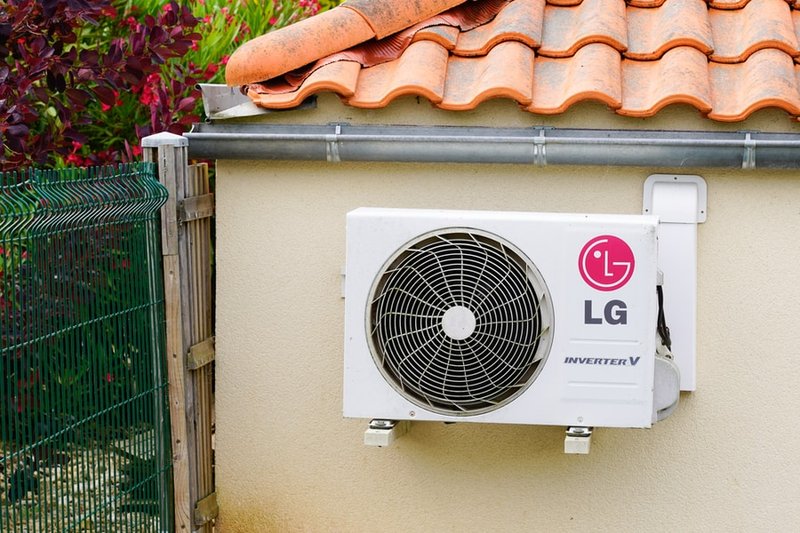
So, the million-dollar question: can you hit that reset button and solve everything? Not to jump to conclusions, but the short answer is, *sometimes*. Resetting your air conditioner is like trying to give it a fresh start, much like rebooting a sluggish computer. It can clear minor glitches, but it doesn’t necessarily solve every underlying issue. Let’s dive into why this error pops up and what you can do about it.
Understanding the F1 Error Code
The F1 error code can feel like a mysterious signal, but it actually has a relatively straightforward explanation. Typically, the F1 error in LG air conditioners indicates an issue with the indoor unit’s sensor. Sensors are like the air conditioner’s senses; they help it ‘feel’ the room temperature and adjust accordingly. When your AC’s sensor isn’t functioning properly, it might send an error alert.
Imagine trying to cook without a thermometer. You’d have a hard time knowing if the chicken is cooked through or if the soup is boiling perfectly. Similarly, when the sensor malfunctions, the air conditioner cannot accurately gauge room temperature, and thus, it sends out the F1 error code. The problem might stem from something as minor as a temporary glitch in the system or a more serious sensor fault.
The next step for many people is to try resetting the air conditioner, hoping to clear that F1 code away like a magic eraser. It’s an easy first move, and sometimes it’s effective, especially if the AC is simply experiencing a momentary hiccup. However, if the error persists, it might be time to roll up your sleeves and consider deeper troubleshooting.
How to Reset Your LG Air Conditioner
Resetting your LG air conditioner might sound technical, but picture it as simply turning the device off and on again. It’s a classic move that works wonders on many electronic devices. Before you jump into it, ensure your air conditioner is safely powered off. Unplugging the unit is akin to giving it a little time-out to ‘rethink’ its behavior.
After a brief pause—say, about a minute—plug it back in and turn the power on. This method can often clear temporary errors, much like shaking an etch-a-sketch to start over with a blank slate. It’s important to remember that this isn’t a guaranteed fix. If the F1 error code reappears, it’s a sign that you might be dealing with a more persistent issue.
Resetting is an excellent first step, but let’s not put all our eggs in one basket. If this doesn’t work, it may be time to explore additional solutions or call in professional help. Hang tight, though; there’s still more to investigate.
When Resetting Isn’t Enough
So, you’ve tried resetting, but that pesky F1 error code is still there. Don’t worry; you’re not out of options. Sometimes, the problem might be more severe, like a genuinely faulty sensor that needs professional replacement or recalibration. Imagine it as needing to fix a broken thermometer before you can accurately measure the temperature again.
Another cause for the error could be related to wiring issues. Over time, the internal connections may loosen, much like a guitar string that gradually slips out of tune and needs adjusting. In such cases, getting those connections checked by a professional might be the best course of action.
If these issues sound daunting, take a deep breath. Professional technicians are like the air conditioner doctors—they know how to diagnose and fix these problems efficiently. Meanwhile, maintaining regular cleaning and servicing of your air conditioner can prevent many common issues, ensuring it runs smoothly and prolonging its lifespan.
Preventive Measures for Future Issues
Nobody wants to face the same error repeatedly, so it’s wise to take a few proactive steps. Regular maintenance is your air conditioner’s best friend. Like visiting your dentist twice a year can prevent cavities, servicing your AC can ward off potential problems. This includes cleaning the filters and having professionals check the sensors and wiring periodically.
Consider integrating a routine check-up every six months or so. Not only can this routine prevent error codes from popping up, but it also enhances the overall efficiency of the unit. When your air conditioner operates smoothly, it can save on energy costs, too!
In conclusion, while resetting your LG air conditioner can sometimes fix an F1 error code, it’s not always the final solution. Understanding what the code means, trying a reset, and knowing when to seek professional help are all crucial steps in keeping your air conditioner running efficiently. Taking preventive measures will ensure fewer headaches and more cool breezes in the future. And remember, a little care goes a long way toward a happy, healthy air conditioner!